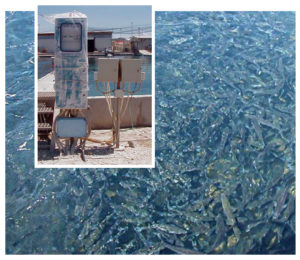
Intensive fish farming in Italy
Intensive production equipment and management techniques allow the Nuova Azzurro Fish Farm in Italy to raise about 50 metric tons of sea bass per raceway per year.
Yellow catfish native to the state of Kerala in India could also be farmed in monoculture or polyculture, in earthen ponds or small floating cages.

Intensive production equipment and management techniques allow the Nuova Azzurro Fish Farm in Italy to raise about 50 metric tons of sea bass per raceway per year.
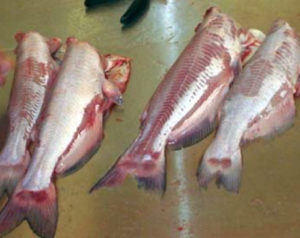
A survey found that catfish farmers lost about 2.5 percent of their product value to processing plant dockages. Out-of-size catfish represented the greatest losses.
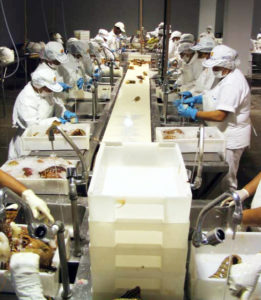
ISO standards address documentation of operational and management activities required to fulfill customer expectations and requirements for food safety.
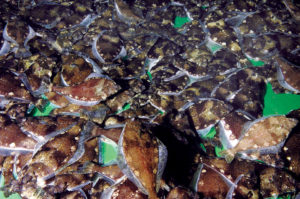
While stable production of juveniles remains an issue for halibut farming in Norway, advances such as diets to replace live artemia are improving the industry.
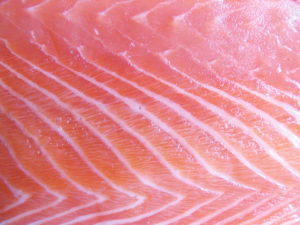
The pathogenic bacterium Listeria monocytogenes is present in the environment and easily transferred to food and food contact surfaces.

As Bangladesh strives for gains in exports, its shrimp industry is addressing production efficiency, disease control and responsible development.
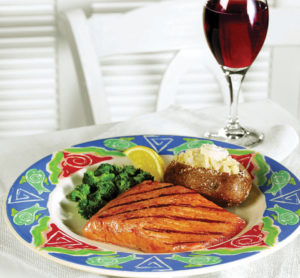
Selenium is crucial in key human metabolic processes that ensure normal growth and development and strong immune and antioxidant defense systems.
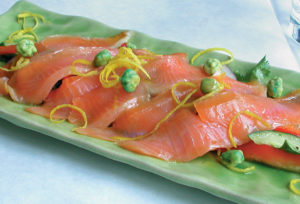
Product quality in cold-smoked salmon is best maintained by smoking fresh fish with high fat content and freezing them after, not before, smoking.
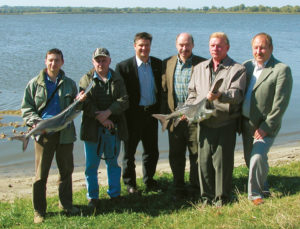
Although U.S. hatcheries aid stocking programs, paddlefish culture has not been commercialized. Russia and China raise the fish for meat and caviar.
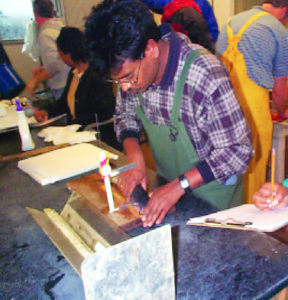
A selection program can produce channel catfish with smaller heads relative to their body weights to deliver higher dress and fillet yields.
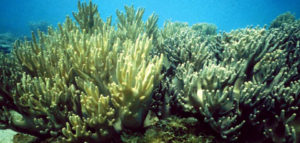
Hybrid soft corals Sinularia maxima and S. polydactyla contain numerous compounds that have potential for important pharmaceutical activities.
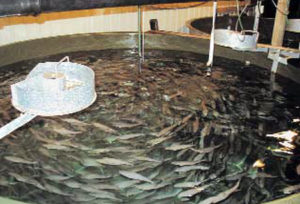
The varied partners in the NorthCod project aim to improve cod broodstock management and production practices in northern Europe.
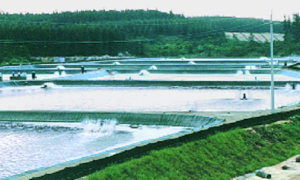
The introduction of specific pathogen-free white shrimp brought both a new species and new ideas to China’s aquaculture industry.
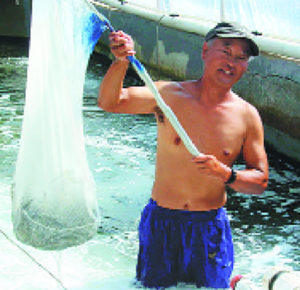
Research at the Oceanic Institute found that white shrimp grown in a raceway at high density could reach 34-grams in 155 days with minimal water use.

Hatchery development for freshwater prawns, based on the modified greenwater system, is making expansion of aquaculture in Vietnam’s Mekong Delta possible.